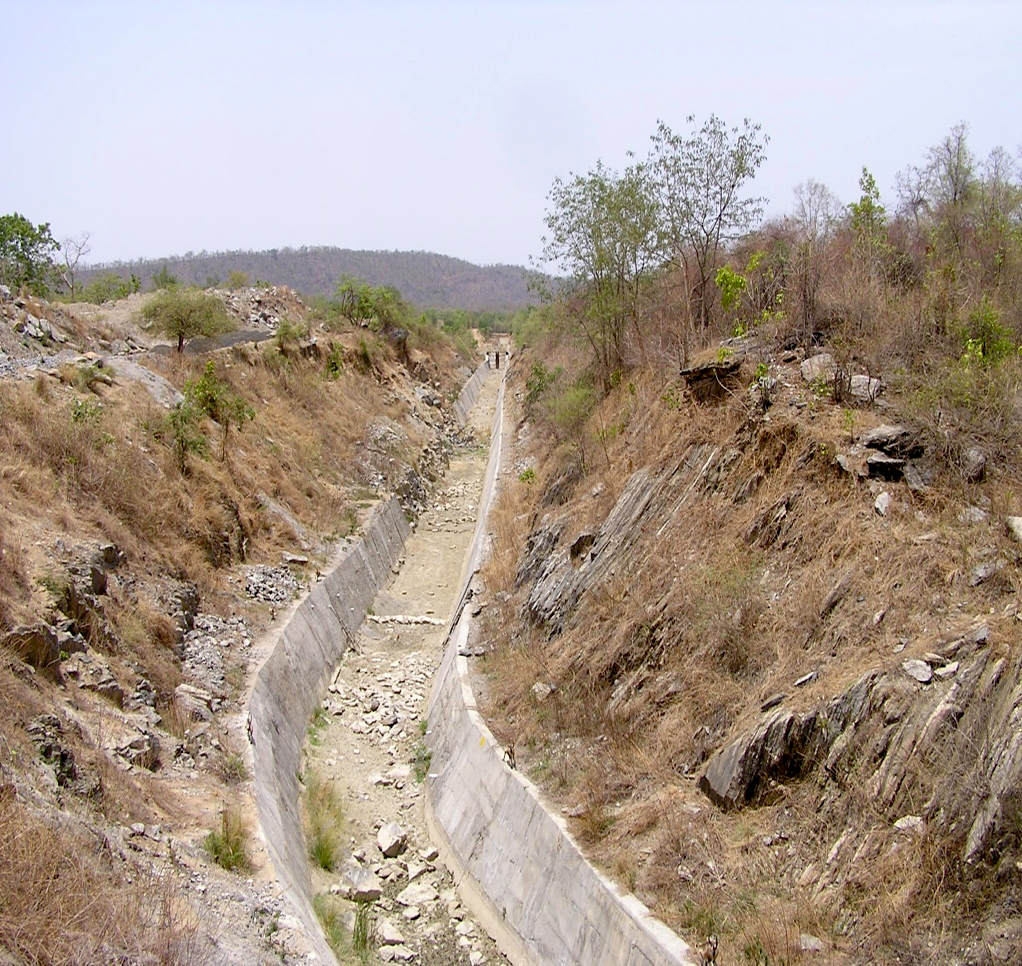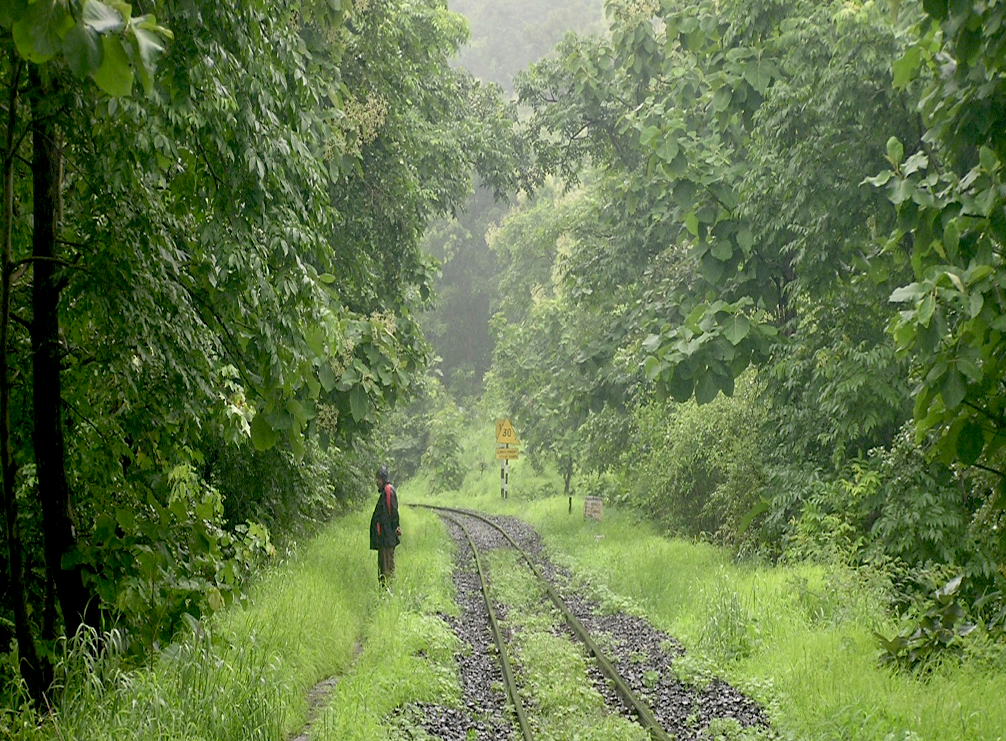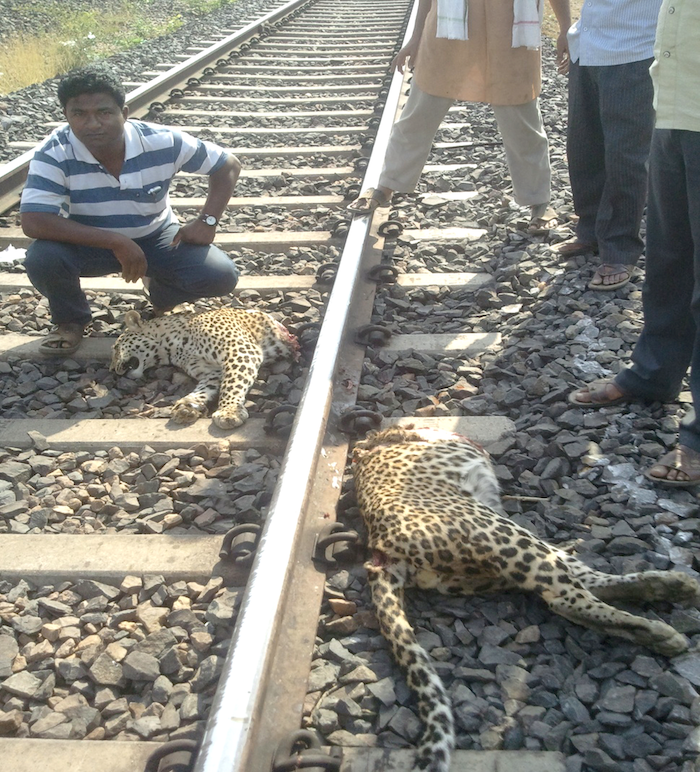In recent times, heart-wrenching photos of wild animals, dead or dying on highways and railway tracks in India, have flooded social media. These pictures portray the stark reality – the massive issue of the country’s growing appetite for linear infrastructure and its catastrophic consequences on wildlife. Linear infrastructure refers to railways, highways, canals, pipelines, electric power lines, etc., that have a straight form, and hence, their impact is felt across long distances through which they run. It is not just accidental deaths of wildlife; linear infrastructure has many other sinister and long-term consequences! Habitat loss and fragmentation, inbreeding depression, the spread of invasive species, alterations in microclimate, changes in animal behaviour, and increased poaching due to greater accessibility are just some of them. Stopping the growth of linear infrastructure in India is impossible, but in some places, it is avoidable, and in most cases, its negative impacts can be reduced by implementing proper mitigation measures.
In this interview, Kishor Rithe, Director of the Bombay Natural History Society (BNHS) and a leading conservationist of India, answers some of the most compelling questions associated with this major conservation issue. He has been instrumental in addressing this country-wide issue in various capacities (as member of Standing Committee of National Board of Wildlife and State Wildlife Boards) for over two decades and implementing some of the effective mitigation strategies through the NGOs Satpuda Foundation and Bombay Natural History Society (BNHS).
What is the official policy regarding the linear infrastructure-related conservation issue in India?

Currently, the Ministry of Environment, Forest and Climate Change of India recognises four types of linear infrastructure projects to implement mitigation measures. These are railways, highways, canals, and transmission lines. Such infrastructure, when passing through protected areas or wildlife corridors, is detrimental to wildlife conservation. Hence, the Ministry has published guidelines to deal with the issue.
In October 2011, the Standing Committee of the National Board for Wildlife (SC-NBWL), of which I was a member, prepared and shared the note in the public domain for comments and suggestions and then gave it a final shape. The MoEF&CC later prepared the guidelines “Eco-Friendly Measures to Mitigate Impacts of Linear Infrastructure on Wildlife” in 2016 and communicated to the state governments, state forest departments, and project proponents via the Chief Wildlife Warden of every state. These guidelines were developed by the Wildlife Institute of India (WII) to minimise the impact of highways, railways, and canals on wildlife (excluding transmission lines). For the first time, an official guideline was sent out to the concerned state departments so that the states would take measures to reduce the negative impact of linear infrastructure projects on wildlife.

Some states, like Maharashtra, were highly proactive in adopting measures. In 2014, the Maharashtra government started working in this direction. The irrigation department was directed to establish overpasses over canals crossing wildlife habitats to allow safe passage to wildlife, and mitigation measures on highways like the NH7 (now called NH44) were discussed. Maharashtra State Electricity Distribution Company Ltd. (MSEDCL) was also advised to take steps to prevent wildlife deaths due to electrocution.

What are the best methods of mitigating the issue?

First of all, when talking about reducing the impact of linear infrastructure on wildlife, we immediately conclude that we need to adopt mitigation measures. What is more important is that we check whether preventative options (measures) like avoiding such infrastructure in ecologically sensitive areas like core areas of the Tiger Reserves or Protected Areas (PA) are available. What is meant by that? Here is an example explaining the same:
Recently, in 2015, there was a proposal to upgrade the Purna-Khandwa meter gauge railway line to the broad gauge. As per the official records, the existing meter gauge line between Akola – Khandwa stations was laid during 1959-1960.
However, the upgradation was proposed through the core area of Melghat Tiger Reserve (MTR), which was against the policy of the National Tiger Conservation Authority (NTCA) of creating inviolate spaces for wildlife in the core area of tiger reserves. Also, the government had already spent 403 crore to relocate villages from the MTR’s core. Hence, if approved, the proposed railway project would slaughter all previous efforts to protect wildlife. So, all conservation organisations working in the landscape put forward this argument, and the government paid heed to it. The decision was made to bypass the PA (core of MTR) to establish the new meter gauge. Thus, this diversion of the linear infrastructure project is an example of a preventative measure (avoidance strategy) where you do not allow the project to happen in the area of ecological concern. Over the decades, many such preventive/avoidance measures have been adopted to protect wildlife habitats.

Going to the next level, in cases where it is impossible to divert projects from protected areas (PAs), biodiversity hotspots and other eco-sensitive areas, site specific effective mitigation measures are adopted. They include overpasses, underpasses, tunnels, etc., that ensure a safe passage for wildlife. However, in such cases, damage still occurs to a significant extent.
What about linear infrastructure projects in cities like Mumbai that are passing through PAs and other eco-sensitive areas?
Mumbai is rapidly developing, with many linear infrastructure projects being launched each year. For example, the wildlife corridor connecting SGNP to Tungareshwar Wildlife Sanctuary is highly vulnerable to such projects. In 2011-12, the government had planned to set up the Delhi-Mumbai Dedicated Freight Corridor (DFC) railway line through this area, which would run parallel to the Diva-Panvel railway line, which had already cut through the wildlife habitat/corridor. So, the MoEF sought the assistance of BNHS to suggest mitigation measures. Later, multi-modal corridor (MMC) an 8-lane road project connecting Mumbai to Ahmedabad and the high-speed train (bullet train) was also planned through the same narrow corridor. The Maharashtra State Board for Wildlife (SBWL), of which I was a member, devised several plans (made all the projects elevated through this stretch with wildlife overpass) to mitigate the threats to this wildlife corridor affected by such projects.
The Mumbai-Nagpur Samruddhi Mahamarg Expressway was another project that cut through wildlife habitats as it passed through Eco-sensitive Areas (ESAs) of four PAs along its length. The Maharashtra SBWL constituted a technical expert committee to discuss the study report produced by WII on mitigation measures to be implemented on this expressway. Dr. Anish Andheria, present Interim-Honorary Secretary of BNHS, I, and senior forest officers were part of this committee. We found that the measures suggested in the study report were not adequate. So, we conducted site visits to the proposed project area, and based on these visits, we suggested alterations/modifications to proposed mitigation measures to the project proponents. The committee adopted all the modified mitigation measures, but the agency MSRDC (project proponent) still has not implemented them in toto, which has led to several human accidents, including fatalities, due to the presence of wild animals on the expressway.

What role can the general public play in influencing policy-making related to linear infrastructure projects?
Linear infrastructure projects, when executed without the adoption of mitigation measures, not only cause environmental degradation and biodiversity loss but also pose significant risks to human lives and have certain negative socio-economic impacts that are hardly discussed. The biological issues like wildlife habitat loss and fragmentation, inbreeding depression, the spread of invasive species, alterations in microclimate, changes in animal behaviour, and increased poaching due to greater accessibility are hardly paid serious attention. There are socio-economic impacts too which gets less attention. For example, a new expressway often diverts traffic from the smaller pre-existing roads. The livelihoods of shopkeepers on such roads get affected due to less traffic. The shift from smaller infrastructure to bigger ones also catalyses a transition from smaller vendors like streetside tea stalls and dhabas to larger ones like hotels and plazas. Such change from traditional infrastructure to modern ones often leads to the loss of identity of smaller villages and towns. However, hardly any studies are conducted to record such changes and the socio-economic impacts on the people whose livelihoods are affected by such changes. So, the general public is affected in more ways than just environmental degradation from large linear infrastructure projects, and their concerns must be heard and addressed.

Also, it is essential to sensitise the project proponents, who primarily belong to the private sector, about the adverse effects of linear infrastructure projects on wildlife and livelihoods so that such projects are planned with proper measures in place to minimise the negative impacts.
What role does BNHS play in this regard?

BNHS is primarily perceived as a bird conservation organisation when, in fact, BNHS works to conserve biodiversity as a whole. We actively study the natural history of all species, conduct scientific research, and take research-based conservation action. Our projects are focused on protecting all types of wildlife habitats, and hence, we also study the impact of linear infrastructure projects on such habitats. We have worked with the government to study the effects of such projects on wildlife for the past 40 to 50 years and have generated reports related to the same. For example, BNHS is currently working with the Mumbai Metropolitan Region Development Authority (MMRDA) to monitor the impact of the Mumbai Trans Harbour Link (MTHL)’s construction across the Thane Creek on the waterbirds in the area, including the flamingos. BNHS researchers working on the project have suggested several mitigation measures, like avoiding a cable-stayed bridge design that might interfere with bird movement and using lighting systems that are more suitable for birdlife. BNHS has been working on the safety of our airports including assisting the Indian Airforce. BNHS is also working on publishing a document on the negative effects of power lines on birds, including the critically endangered Great Indian Bustards, and ways to mitigate the issue to influence policymakers to take the right steps to protect the birds.
Thus, while linear infrastructure projects are a massive threat to the well-being of wildlife, wild spaces, and humans in the long run, there are ways to resolve the issue, given that all stakeholders unite and take steps in the right direction. Sincere implementation of recommendations and guidelines to mitigate this issue is the need of the day.


Very important issue discussed. Hope it gets the attention it so much deserves.